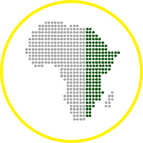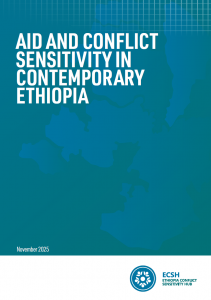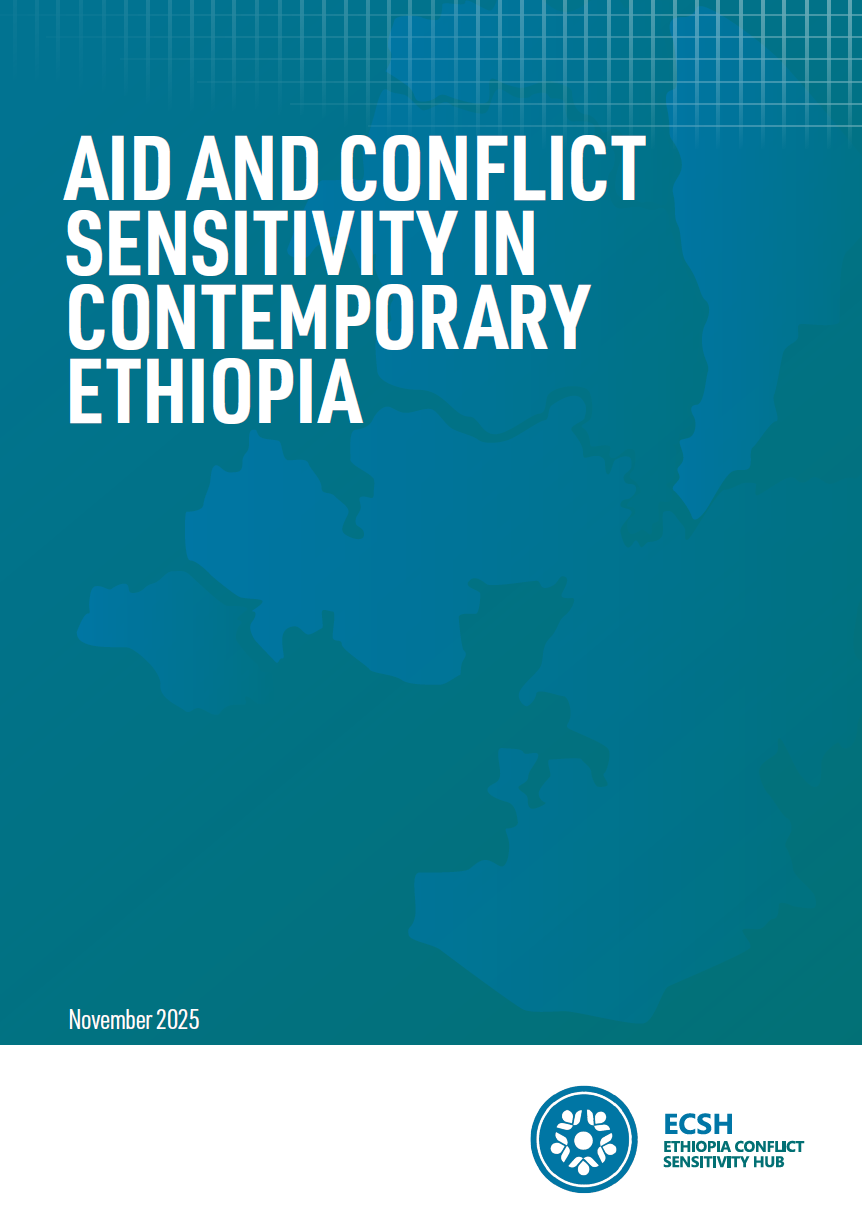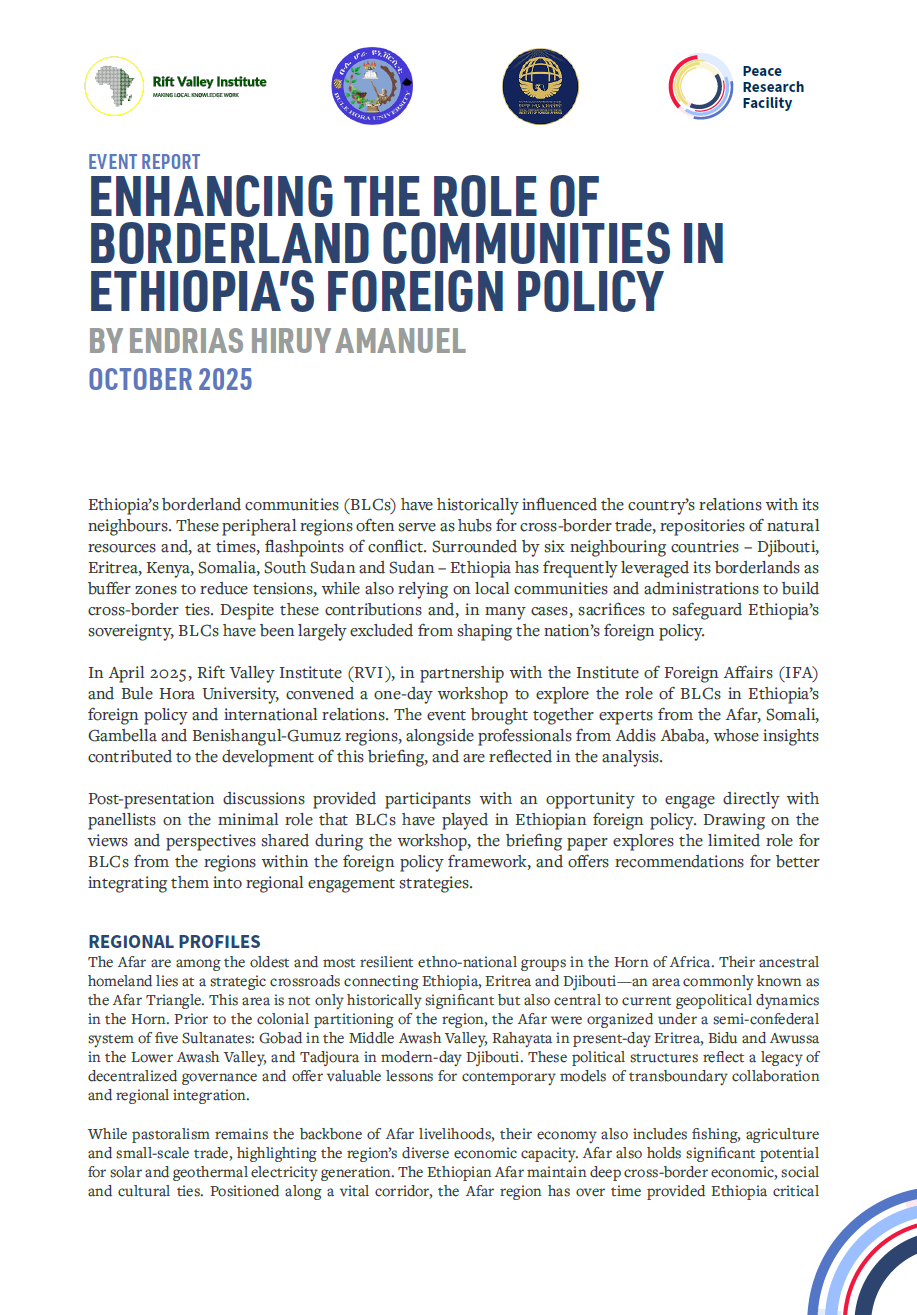This study assesses conflict sensitivity practices among humanitarian, development and peacebuilding (HDP) actors in Ethiopia. It seeks to raise awareness and foster a deeper understanding of the evolving aid landscape in the country while analysing the challenges that affect conflict-sensitive programming.
The study further aims to enhance institutional and operational conflict sensitivity by equipping HDP actors with evidence-based knowledge of current practices, highlighting internal and external barriers, and providing practical recommendations for improvement. By generating evidence-based descriptive analysis, it helps actors better understand existing approaches, identify gaps and explore pathways to strengthen conflict sensitivity strategies and cooperation frameworks. The study findings also serve as valuable inputs for policy formulation, resource allocation and programme (re)design by donors and implementing partners.
The Ethiopian aid landscape operates in a complex environment marked by overlapping conflicts, displacement, economic stress and climate-induced crisis. In such a context, conflict sensitivity—which combines Do No Harm (DNH) and Do More Good (DMG) principles—is essential for ensuring that aid contributes to peace rather than exacerbates divisions. The study reveals that while awareness of conflict sensitivity concepts is widespread across aid actors, application of these concepts remains inconsistent and often limited to compliance instead of genuine adaptation to context.
Key findings
- Awareness does not equal practice. Many organizations are familiar with some conflict sensitivity approaches, most notably DNH principles (77 per cent), yet few have formal policies, staff training or monitoring systems to translate these into practice.
- Donor frameworks both drive and constrain. Donor requirements encourage conflict sensitivity integration (82 per cent) but inflexible funding practices undermine adaptation.
- Local actors remain under supported. Local NGOs possess deep contextual understanding and trust but face major resource and capacity gaps to implement activities in conflict-sensitive manner.
- Government engagement is uneven. While some regional bureaus, such as the Amhara disaster prevention office, require conflict or context analyses before project approval, most lack the tools, capacity and mandates needed to guide or enforce conflict sensitivity standards, thus risking uncoordinated and harmful interventions.
- Coordination and information-sharing are weak. UN agencies often produce high-quality conflict analyses but keep them for internal use for security and planning purposes, leaving local partners deprived of access to crucial contextual insights and reinforcing knowledge silos.
- Institutionalization remains limited. Conflict sensitivity practices are often project based rather than embedded in organizational systems and accountability structures.
- Regional dynamics shape aid operations and conflict sensitivity practices. Aid operations across Ethiopia face region-specific challenges, including access and security constraints in Amhara and Oromia, perceptions of favouritism in Tigray, distributional impacts in Gambella and Tigray, and overlapping crises in Afar. Effective interventions require localized, inclusive and conflict-sensitive programming, strengthened regional coordination, flexible funding and mechanisms that align national policies with local needs while ensuring accountability.
- Aid can exacerbate conflict. The negative effects of aid are predominantly illustrated in various parts of Ethiopia through diversion and theft, impacts related to resource distribution, legitimization effects and distortion of local markets.
- Community perspectives and knowledge are key to promoting conflict sensitive approaches and practices. Consultations and meaningful involvement of local community actors is insufficient—only about half of the participants reported that the distribution of aid is fair, highlighting the need for more inclusive and transparent processes.
- Amid challenges, some aid organizations have well-established practices of conflict sensitivity. This opens an opportunity for institutional exchange, experience sharing and peer-learning.
Acknowledgements
This study was undertaken by the TUPI Consultancy, with subsequent contributions from the ECSH research team, in consolidating the findings, refining the structure and tailoring the content. The Hub extends its profound appreciation to the TUPI Consultancy for their dedicated efforts and valuable contributions to the successful completion of this research.
Ethiopia Conflict Sensitivity Hub (ECSH)
The ECSH is a collaborative platform established by Mercy Corps, the Rift Valley Institute and Adapt Peacebuilding, with support from Global Affairs Canada and the UK Foreign, Commonwealth & Development Office. The Hub aims to strengthen the capacity of humanitarian, development and peacebuilding actors operating in Ethiopia to adopt conflict and peace-sensitive approaches and contribute to enduring peace through high-quality research and analysis, capacity-building schemes and convening. This report was commissioned by Ethiopia Conflict Sensitivity Hub.




